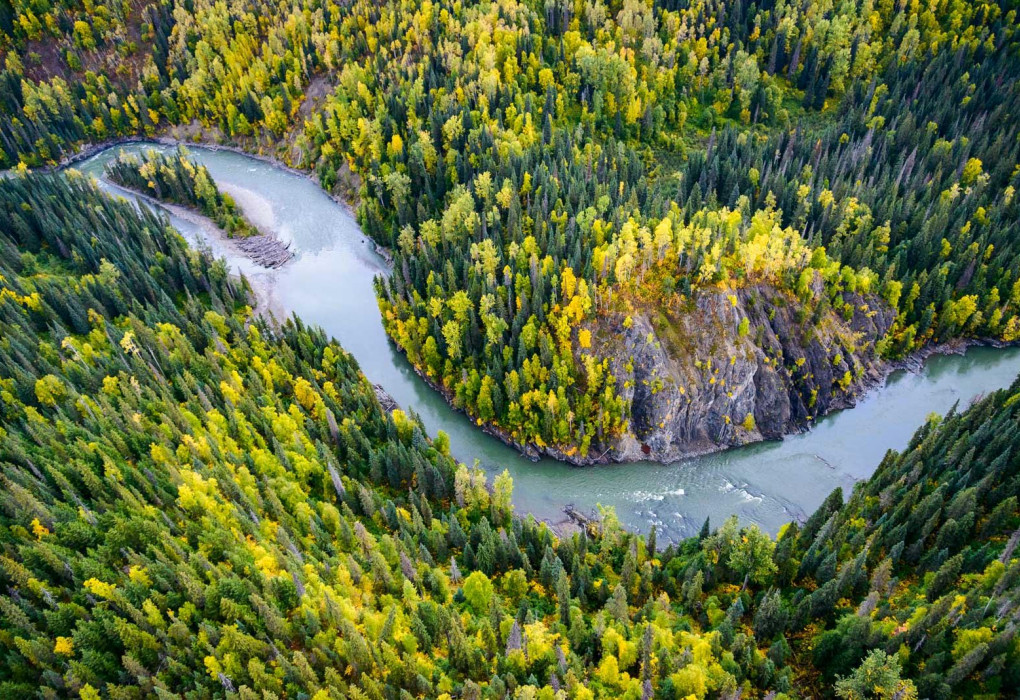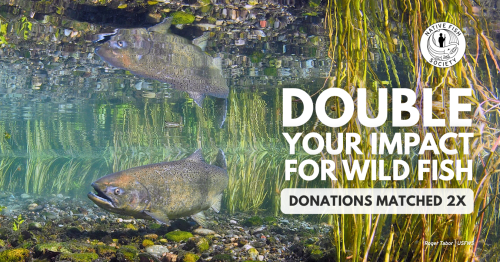Protecting a Native Fish Paradise
NFS crosses the border, adds Regional Coordinator in British Columbia
I am excited to join the Native Fish Society as the Regional Coordinator for British Columbia. I live on the Kispiox River, a large tributary to the Skeena River in northern British Columbia.
The Skeena watershed supports some of the most diverse and abundant fish populations in the Pacific Northwest. Free-flowing waters, as well as relatively intact and inaccessible spawning and rearing habitat contribute to the health of our salmon and steelhead runs. In addition, there are no recorded viable populations of invasive fish species, leaving native fish to fully utilize the habitat of the Skeena and Nass watersheds as they have for millennia. As a result, the fish in these watersheds still exhibit diverse and unique life histories. Steelhead, for example, which in some regions exhibit an adult life span of three to five years, may live up to 14 years in the Skeena River. Similarly impressive are the life histories of Skeena Chinook salmon, which can live up to seven years and can weigh as much as 100 pounds.
Anglers know it as a steelhead paradise, but these watersheds and fish are constantly threatened by overfishing, resource extraction, development, and, looming over it all, climate change. New threats are regularly knocking at the door. Like most places throughout the region, the collective effects have been eroding our native fish populations.
As an advocate for my watershed, I wear multiple hats. I am an aquatic ecologist and typically view the world through a scientific lens. After earning a Master’s and a Ph.D. in Ecology at the University of California, Davis, I spent the last decade studying aquatic ecology and biogeochemistry. In particular, I was interested in the effects of watershed processes and disturbances on water quality and aquatic organisms.
I am also an outdoor and river enthusiast. As an angler and a boater, I spend my free time in the watershed exploring all of its magic. In the process, I have seen that, from the substrate of the river bed to snowy meadows high above in the alpine, these systems are wild, dynamic, and fragile.
I see great potential for collaboration between individuals, communities, First Nations, and conservation groups to build a cohesive force for tackling issues that threaten British Columbia’s native fish. People here are passionate about their lakes, streams and the fish that inhabit them. The opportunity for local people to advocate for their homewaters is an important step toward resisting threats to this region and its fish. I look forward to stepping into my new role and encouraging others to join in advocating for the native fish of the Skeena and Nass River watersheds.

